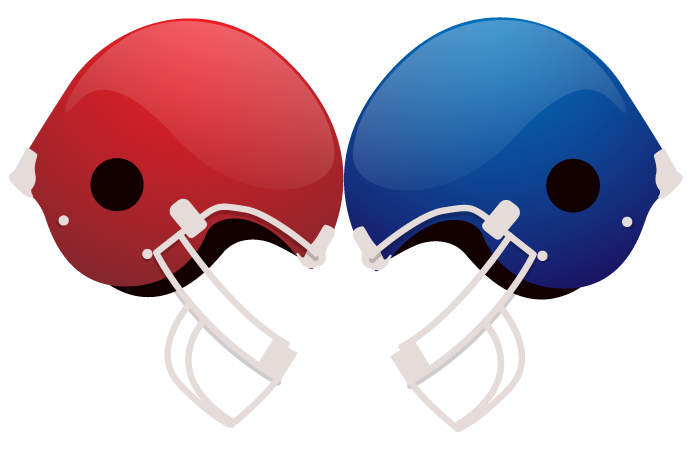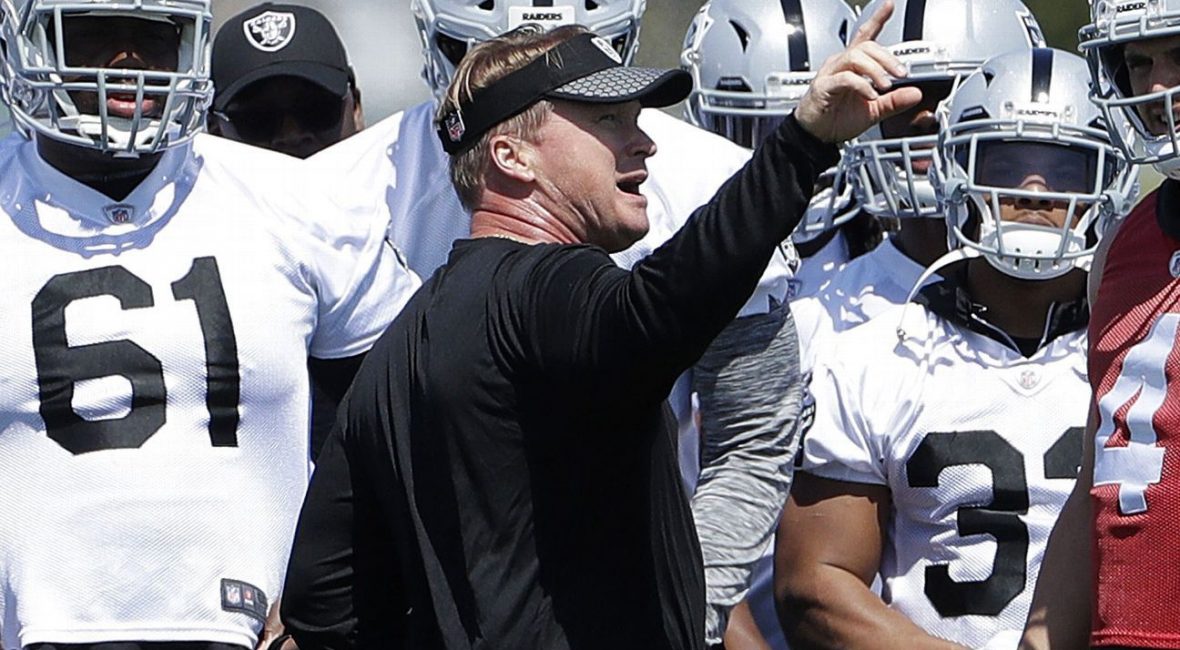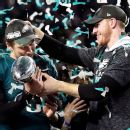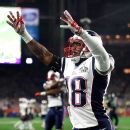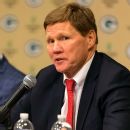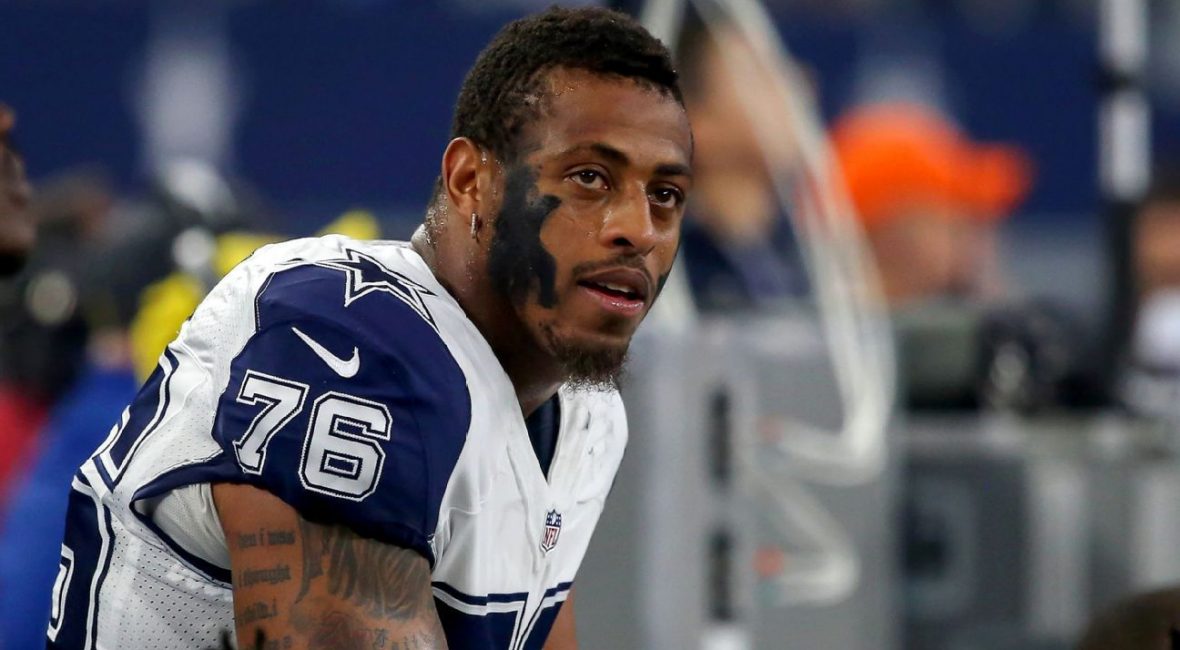ALAMEDA, Calif. — Jon Gruden yelled out instructions, called out plays and ran an NFL practice for the first time since leaving coaching nearly a decade ago in Tampa Bay.
This was the day Gruden had been waiting for ever since he was hired for a second stint as Oakland Raiders coach.
The Raiders opened their first voluntary minicamp under Gruden on Tuesday with optimism that a change in coach can alter the fortunes of a team coming off a down season.
“The practice field has always been a laboratory for a coach,” Gruden said. “That’s where we earn our pay. We have to develop this team. We have to learn a lot about them quickly. We have a lot of things to teach, a lot of things to improve. It was fun to be out there. I don’t want to be too deep or philosophical or I might start crying.”
While only the first 30 minutes of practice were open to the media, there was a different vibe than in previous years with Gruden’s loud voice replacing music as the soundtrack on the field.
There were even large video boards on the field, allowing players to watch replays of practice plays immediately after they happened to make corrections more quickly. Gruden said that was something he first saw watching Jim Harbaugh’s practices at Michigan and adopted it himself.
Gruden viewed this minicamp as an examination to see how well the players have learned the plays and system in meeting rooms the past two weeks. Gruden said he tried to throw a few extra wrinkles at quarterback Derek Carr and was pleased with how he responded.
“He threw everything at me,” Carr said. “He tried to get me to see if I was listening to him in the meetings. We had a lot of fun doing that. It’s always fun to accept his challenge and hopefully do good at it and look at him or wink at him or something like that. We have fun together because we both have the same goal of putting the ship in the water and hitting this thing running.”
Gruden takes over a team that fell from 12 wins in 2016 to just six last season, leading to the firing of coach Jack Del Rio and a second stint for Gruden in Oakland. The Raiders’ facility looks far different than it did during Gruden’s first tenure from 1998 to 2001 thanks to a workout center that Del Rio initiated and new fields.
The team needs plenty of work after last year’s disappointment.
The Raiders had major drops in scoring (26 to 18.8), yards per game (373.3 to 324.1) and committed twice as many turnovers (14 to 28) this past season as Carr took a major step back in his development while dealing with a back injury for part of the season.
But Gruden sees great potential for Carr to get back to the level he reached in 2016, when his play helped earn him a $125 million, five-year extension in the offseason.
“I got really excited out there today,” Gruden said. “You can have a really creative imagination with that guy at the quarterback position. He can make every throw. It comes out of his hand fast and accurate. He’s mobile and sharp. He’s a great leader.”
The defense became the first in NFL history to fail to record an interception in the first 10 games of the season and generated only 14 takeaways all season compared to 30 in 2016.
The Raiders have brought in more than 20 free agents this offseason as Gruden has tried to put his imprint on the team. One of the most significant moves was the signing of receiver Jordy Nelson to replace Michael Crabtree, who was released to make room.
But there are also some key pieces missing, most notably 2016 AP Defensive Player of the Year Khalil Mack, who is not participating in the offseason program while seeking a long-term contract before he can become a free agent next offseason.
Starting left tackle Donald Penn is still recovering from foot surgery and last year’s top two draft picks, cornerback Gareon Conley (shin) and safety Obi Melifonwu (hip), aren’t taking part in team drills.

